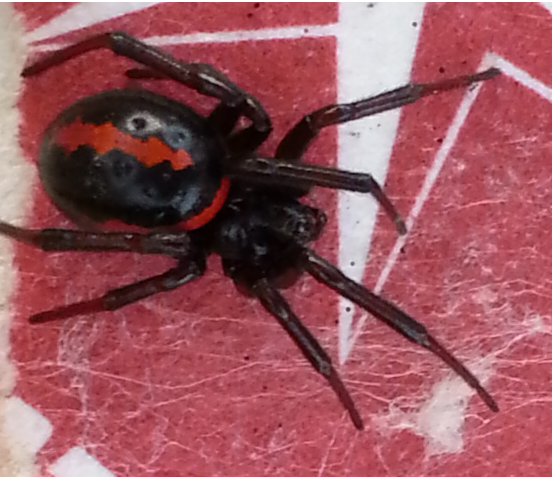Understanding the False Widow Spider: A Guide for Residents

Introduction
The False Widow Spider, known for its distinct appearance and resemblance to the infamous Black Widow, has increasingly gained attention across the UK. Its presence in urban areas has raised concerns, particularly as sightings and bites have become more common. Understanding the false widow is crucial for residents, especially with the approaching autumn season when these spiders are more active.
What is the False Widow Spider?
The False Widow, or Steatoda nobilis, is a species native to the Canary Islands and was first recorded in the UK in the 19th century. It has gained notoriety due to its potential venomous bite, which can cause unpleasant symptoms. While rarely fatal, the bite can result in pain, swelling, and in some cases, more severe reactions, particularly in children or those with compromised immune systems.
Recent Sightings and Reports
In recent months, the number of false widow sightings has surged, particularly in South England, where they have been found in homes, gardens, and public spaces. Experts attribute the growing population to warmer summers and milder winters, enabling these spiders to reproduce more rapidly. The British Pest Control Association (BPCA) has reported a noticeable increase in calls regarding false widow sightings, prompting concerns among local communities.
Preventive Measures and Safety Tips
To mitigate risks associated with false widow spiders, residents are encouraged to take preventative measures. Keeping homes clean and free from clutter can help reduce hiding places, while sealing cracks and openings can prevent their entry. If a spider is found, it’s advisable not to provoke it and instead carefully contain it for safe removal. In the event of a bite, it’s vital to seek medical attention, especially if symptoms worsen.
Conclusion
The rise of the false widow spider in the UK highlights the importance of awareness and education regarding this species. While the bites are generally not serious, understanding how to identify and handle these spiders is essential for public safety. As urbanisation continues and climate change impacts spider populations, ongoing monitoring and research will be necessary to keep communities informed and safe from potential threats posed by false widow spiders.









